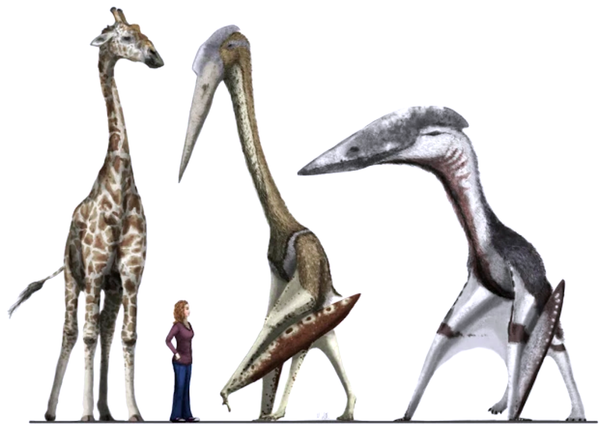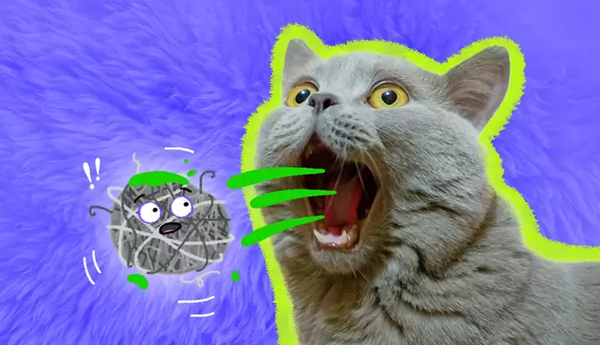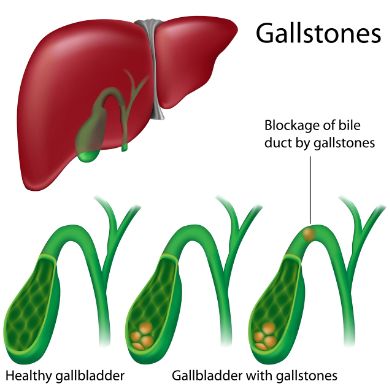From Hero to Zero: Decoding the Mechanisms of Choking under Stress in Sports

By: Frank Zhou Y11
Athletes, admired for their exceptional skills, occasionally experiences underperforming in high-pressure situations, transitioning from “heroes to zeros” on the field. This transformation can be attributed to a complex interplay of physiological and psychological factors.
Nervous System
When athletes encounter stress, the body instinctively initiates the "fight or flight" response, which is activated by the sympathetic nervous system, under the autonomic nervous system, under the peripheral nervous system. This results in the release of stress hormones like cortisol and adrenaline, preparing the body for rapid action. In sports demanding precise motor skills, heightened adrenaline levels can lead to motor skill interference, disrupting control and causing errors in technique when performing. The substantially increased level of cortisol and adrenaline could cause paralysis — loss or impairment of voluntary movement and control in certain parts of the body, which directly leads to chokes in game-deciding moments.

Synapses
The physiology of chocking can be explained by looking at a synapse sending impulses to the next proceeding neuron. Normally, The process begins with an action potential, an electrical impulse, traveling down the axon of a neuron. When this impulse reaches the axon terminal and with the addition of Ca++ ions, it triggers the release of Acetylcholine (typically the neurotransmitter that stimulates muscle fiber contractions) from vesicles into the synaptic cleft, a tiny gap between the axon terminal, to the postsynaptic cell — the Muscle fiber’s motor end-plate, a specialized region of the sarcolemma.

However, when excessive adrenaline kicks in, it can cause undesirable effects. Adrenaline acts on adrenergic receptors, alpha receptors or beta receptors, on the surface of the muscle cell.
Activation of beta-adrenergic receptors by adrenaline increases the production of cyclic adenosine monophosphate (cAMP) within the muscle cell. Elevated cAMP levels activate protein kinase A (PKA), which functions to phosphorylate various proteins involved in muscle contraction. One of the effects of PKA activation is an increase in the release of acetylcholine from the motor neuron’s synaptic end bulb.
In addition, PKA also makes the muscle cells more sensitive to the action of calcium ions, making the contraction response more efficient & more intense. However, looking at the broader scale in sports, more efficient contractions of myofilaments (actin & myosin) doesn’t necessarily mean higher performance.
As a golfer, we usually don’t seek to gain more strength as it is a fine-skilled sport that requires accuracy; but, under stressful conditions, the process explained above will provide undesirable stimulus in unwanted regions of muscle in the body. This can cause a variety of issues, like a mistimed release of the clubface, leading to a mishit ball. Taken into perspective, a 2-degree opened club face can cause to roughly 36 yards off target line, which is more than enough to lose a golf ball off the property on some holes for the average pro with a 300-yard drive; Plus, the estimate didn’t consider other environmental factors like wind.
Information Processing Model
In high-pressure moments, Adrenaline also functions as a stimulant, increasing heart rate, breathing rate, blood pressure, and core temperature, while making us more alert to our surroundings.

In the information processing model, we can see that according to each stimulus, athletes (humans) will make an appropriate response. However, the increased alertness may make athletes more susceptible to minor changes in the environment that would otherwise be ignored. The sudden increase of stimulus (input) can cause overload. AKA Cortical inhibition, the stress diverts athletes' attention towards potential consequences of failure rather than the task at hand. This divided attention impairs decision-making and reaction times, ultimately affecting an athlete's ability to process information and make effective decisions during critical moments.
Yerkes-Dodson Law
The Yerkes-Dodson Law, encapsulated in the Inverted U theory, emphasizes the delicate balance between arousal and performance. From the image, we can see that deviating from the optimal arousal range can result in choking under pressure. Thus, whenever an athlete is in fear of not performing well or afraid of failure, then he/she is more likely to choke in high-pressure situations.

In conclusion, the journey from hero to zero in sports under pressure involves a symphony of physiological and psychological factors. By the end of the day we are still humans, and we are vulnerable to these pressure moments, yet it is also those with the strongest minds that become legends and hall-of-famers to be forever recorded in the history of sports of mankind.




